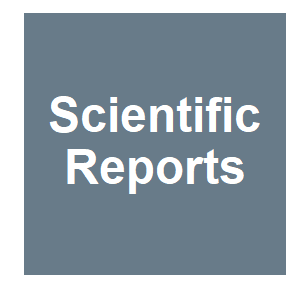
|
Manser, AL, A. K.; Simmons, L. W.; Firman, R. C.,
Molecular Ecology,
26:5784-5792.
2017.

Drive genes are genetic elements that manipulate the 50% ratio of Mendelian inheritance in their own favour, allowing them to rapidly propagate through populations. The action of drive genes is often hidden, making detection and identification inherently difficult. Yet drive ...
Keywords: Alternative reproductive tactics, behaviour, CASA, competitive ability, Copulatory, copulatory-behavior, Evolutionary Biology, female mice, gene drive evolution, gene drive genetics, gene drive mechanisms, gene drive natural, Genetics & Heredity, haplotype, male-fertility, mate choice, meiotic drive, mice, mixed models, mouse, Multi-level, mus-domesticus, Ovulation, polyandry, selection, selfish genetic element, sex-ratio distorter, sperm competition, t-haplotypes, tailless
|

|
J. N. Wolff, D. M. Tompkins, N. J. Gemmell and D. K. Dowling,
Scientific Reports,
6.
2016.

Here we test whether the male-sterilizing effects previously associated with the mt: Cyt-b mutation are consistent across three thermal and three nuclear genomic contexts. The effects of this mutation were indeed moderated by the nuclear background and thermal environment, but ...
Keywords: Alternative reproductive tactics, behaviour, CASA, competitive ability, Copulatory, copulatory-behavior, Evolutionary Biology, female mice, gene drive evolution, gene drive genetics, gene drive mechanisms, gene drive natural, Genetics & Heredity, haplotype, male-fertility, mate choice, meiotic drive, mice, mixed models, mouse, Multi-level, mus-domesticus, Ovulation, polyandry, selection, selfish genetic element, sex-ratio distorter, sperm competition, t-haplotypes, tailless
|

|
Sutter, AL, A. K.,
BMC Evolutionary Biology,
16:15.
2016.

Background: With female multiple mating (polyandry), male-male competition extends to after copulation (sperm competition). Males respond to this selective pressure through physiological, morphological and behavioural adaptations. Sperm competitiveness is commonly decreased in ...
Keywords: Alternative reproductive tactics, behaviour, CASA, competitive ability, Copulatory, copulatory-behavior, Evolutionary Biology, female mice, gene drive evolution, gene drive genetics, gene drive mechanisms, gene drive natural, Genetics & Heredity, haplotype, male-fertility, mate choice, meiotic drive, mice, mixed models, mouse, Multi-level, mus-domesticus, Ovulation, polyandry, selection, selfish genetic element, sex-ratio distorter, sperm competition, t-haplotypes, tailless
|




